Renewable Forestry Practices: Balancing Conservation and Sustainability
- August 21, 2024
- 0 comment
Renewable forestry practices represent a crucial shift in modern forest management, aiming to balance the needs of conservation with sustainable resource use. These practices prioritize the health of forests while ensuring that they continue to provide vital resources, including timber, non-timber products, and ecosystem services, for future generations.
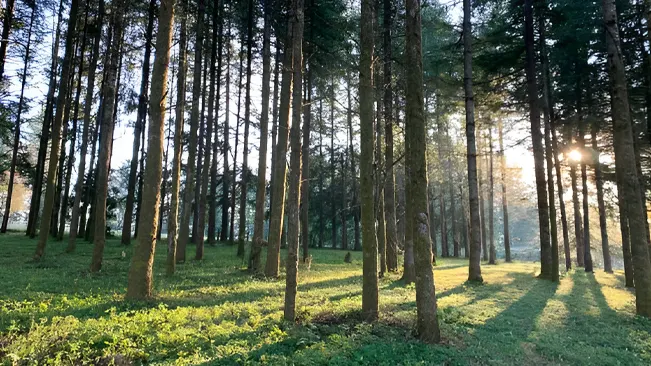
The importance of this approach cannot be overstated, as it seeks to maintain the long-term health and resilience of forest ecosystems, even as they are utilized for economic purposes.
Core Concepts of Renewable Forestry Practices
1. Sustainable Harvesting
Sustainable harvesting is central to renewable forestry practices, focusing on methods that allow for timber extraction while maintaining the long-term health of the forest ecosystem.
This approach emphasizes minimizing environmental impact and ensuring that forests can regenerate and continue to provide resources for future generations.
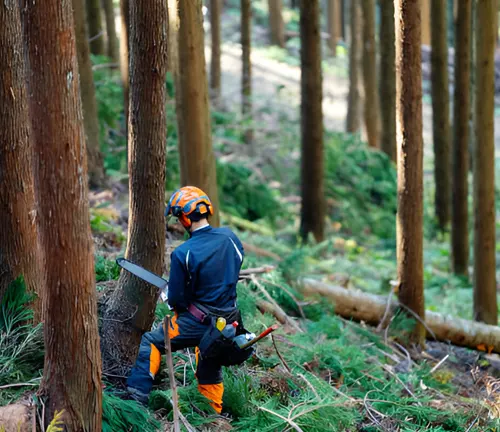
- Selective Logging: Targeting specific trees for harvest, this method preserves forest structure, biodiversity, and ecosystem function, minimizing environmental impact.
- Reduced-Impact Logging: Employing techniques like directional felling, this approach reduces soil erosion and damage to non-target trees during harvesting.
- Continuous Cover Forestry: Maintains canopy cover for soil protection, water quality, and biodiversity by promoting a multi-aged, ecologically resilient forest structure.
2. Reforestation and Afforestation
Reforestation and afforestation are key components of renewable forestry practices, ensuring the restoration and expansion of forested areas for ecological balance.
These practices not only restore deforested lands but also create new forests, thereby enhancing biodiversity and contributing to carbon sequestration.
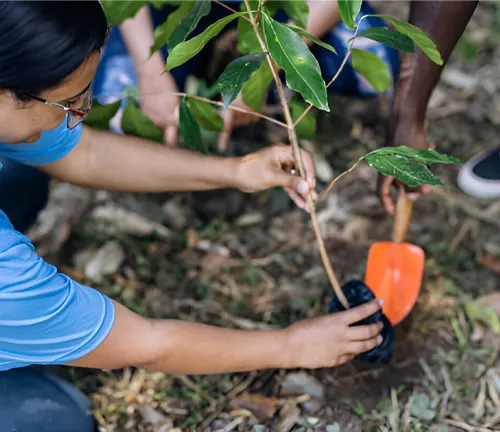
- Reforestation: Involves replanting trees in areas that have been deforested, which helps to restore ecosystems, improve biodiversity, and enhance carbon sequestration.
- Afforestation: Focuses on creating new forests in areas where none previously existed, thereby contributing to increased biodiversity, climate resilience, and carbon absorption.
3. Biodiversity Conservation
Biodiversity conservation is vital in renewable forestry practices, prioritizing species diversity to maintain ecosystem stability and resilience.
Renewable forestry practices prioritize maintaining a variety of species through protected areas, mixed-species planting, and habitat preservation to ensure the long-term health of forests.
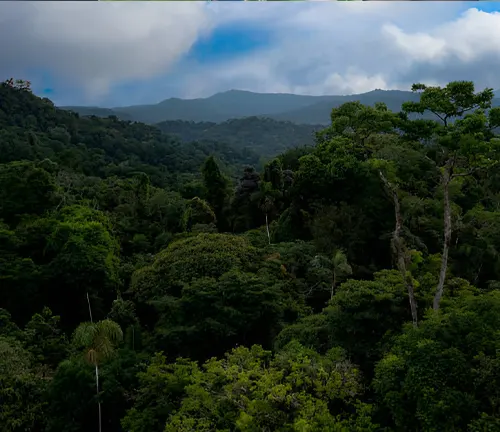
- Mixed-Species Planting: Planting diverse tree species enhances forest ecosystem stability, resilience to diseases, and supports various wildlife habitats effectively.
- Habitat Preservation: Preserving critical forest habitats ensures the survival of endangered species and maintains ecological balance and biodiversity.
- Protected Areas: Designating protected forest areas restricts human activities, safeguarding biodiversity and promoting long-term environmental sustainability.
4. Adaptive Management
Adaptive management is a dynamic and flexible approach that responds to changing forest conditions by continually gathering new data. This ongoing process involves regularly revising practices to ensure they remain effective and relevant based on the latest information.
- Monitoring and Feedback Loops: Regularly assess forest health and the outcomes of forestry practices to identify any issues early, allowing for timely interventions and continuous improvement.
- Data-Driven Adjustments: Modify forest management strategies based on the latest scientific findings and observed changes in forest conditions to ensure practices are both effective and sustainable.
- Stakeholder Engagement: Involve local communities, scientists, and policymakers in the decision-making process to ensure that forestry practices remain relevant, effective, and socially acceptable over the long term.
Environmental Impacts of Renewable Forestry Practices
1. Carbon Sequestration
Renewable forestry practices play a significant role in carbon sequestration, which is vital for mitigating climate change. Healthy forests act as carbon sinks, absorbing more carbon dioxide than they emit, thereby reducing the overall concentration of greenhouse gases in the atmosphere.
Additionally, sustainable harvesting ensures that trees removed from the forest are replaced with new growth, maintaining the forest’s ability to continue absorbing carbon over time.
2. Soil Health and Water Quality
Proper forestry practices are essential for protecting soil health and water quality in forest ecosystems. Controlled logging techniques help prevent soil erosion, which is crucial for maintaining nutrient-rich topsoil that supports plant growth.
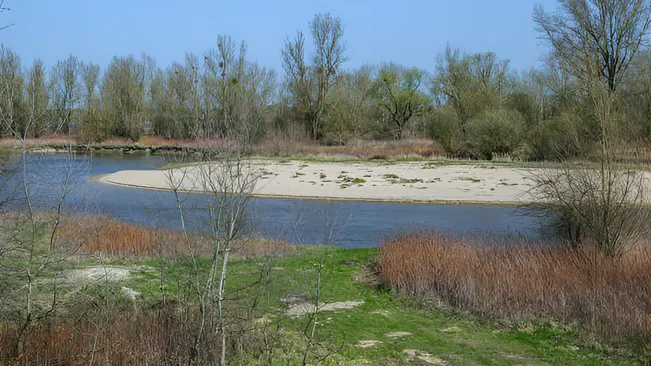
Moreover, the use of riparian buffer zones—strips of vegetation along waterways—filters pollutants from runoff and stabilizes streambanks, safeguarding water quality for both wildlife and human use.
3. Ecosystem Services
Forests provide a wide range of ecosystem services that are crucial for environmental health and human well-being. For instance, forests support pollinators like bees and butterflies, which are essential for agriculture and the reproduction of many plant species.
Additionally, forests play a critical role in flood prevention by absorbing rainfall and reducing the severity of floods. Furthermore, trees help purify the air by filtering out pollutants, thus improving air quality in surrounding areas.
Economic and Social Aspects of Renewable Forestry
The economic and social aspects of renewable forestry are integral to sustainable forest management. By balancing environmental stewardship with economic growth and community well-being, renewable forestry practices ensure the longevity and health of forest ecosystems while supporting local and global economies.
Sustainable Economic Growth
Renewable forestry practices are essential for promoting sustainable economic growth. These practices ensure that forest resources are harvested in a way that allows for continuous regeneration, thereby supporting long-term economic stability and creating opportunities for income diversification.

Community and Indigenous Involvement
Engaging local and indigenous communities is crucial to the success of renewable forestry. By incorporating traditional knowledge and respecting cultural values, forestry practices can be both ecologically sustainable and socially responsible, helping to preserve vital cultural traditions.
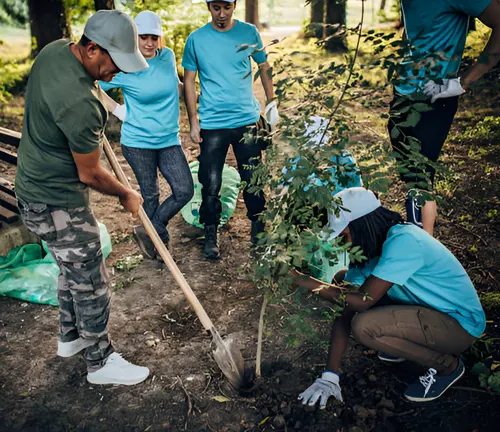
Forest Certification and Market Access
Forest certification programs play a pivotal role in promoting sustainable forestry by providing access to premium markets. Certifications like those from the Forest Stewardship Council (FSC) encourage responsible forestry practices, enhancing market opportunities and driving global standards for sustainability.
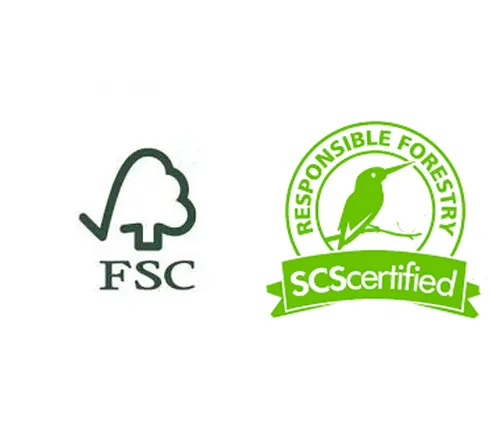
Challenges in Implementing Renewable Forestry Practices
Balancing economic needs with conservation poses a significant challenge in renewable forestry, as it demands aligning the immediate financial benefits of timber harvesting with the long-term sustainability of forest ecosystems. Economic pressures, such as high demand for timber, can easily lead to overharvesting and environmental degradation if these activities are not carefully monitored and regulated.
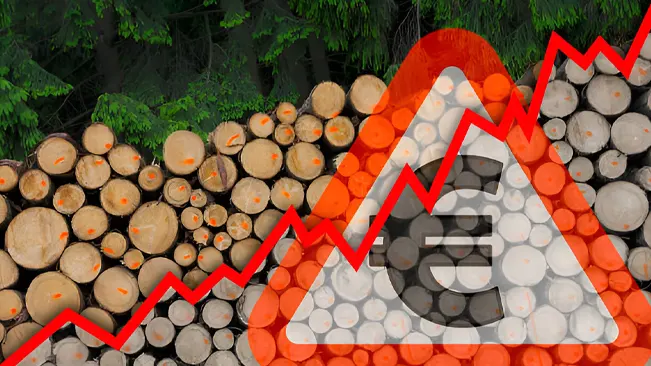
To address these challenges, strong governmental policies, financial incentives, and international cooperation are essential to promote and enforce sustainable forestry practices across regions and borders. Additionally, advancements in technology, including remote sensing and Geographic Information Systems (GIS), provide critical tools for monitoring forest health and guiding responsible resource management.
Together, these strategies help create a more resilient framework for renewable forestry practices that effectively balance economic interests with the preservation of biodiversity and ecosystem services.
Conclusion
Renewable forestry practices are essential for balancing the demands of conservation with the responsible use of forest resources. By prioritizing sustainable harvesting, reforestation, biodiversity conservation, and adaptive management, these practices help ensure that forests remain resilient and productive for future generations.
As environmental challenges such as climate change and habitat loss continue to escalate, the widespread adoption and support of renewable forestry practices become increasingly crucial for maintaining ecosystem health and biodiversity.
Additionally, these practices contribute to the well-being of communities that rely on forests, emphasizing the need for collaborative efforts across sectors. Embracing renewable forestry practices offers a pathway toward a future where forests thrive, and human needs are met in a balanced, sustainable manner.
Frequently Asked Questions (FAQ’s)
- What are renewable forestry practices?
Renewable forestry practices involve sustainable management techniques that ensure forests can regenerate naturally over time. These practices allow forests to continue providing resources and ecosystem services without compromising their availability for future generations. - Why are renewable forestry practices important?
Renewable forestry practices are essential for balancing economic needs with environmental conservation. They promote biodiversity, support carbon sequestration, and ensure the long-term health of forests. - What is sustainable harvesting in renewable forestry?
Sustainable harvesting includes methods like selective logging and reduced-impact logging. These techniques allow for timber extraction while minimizing damage to the environment and preserving forest health. - How does reforestation contribute to renewable forestry?
Reforestation involves replanting trees in deforested areas to restore ecosystems and improve biodiversity. This process also enhances carbon storage, which is essential for mitigating climate change. - What role does biodiversity conservation play in renewable forestry?
Biodiversity conservation ensures that a variety of species thrive within forest ecosystems, which is vital for maintaining ecological balance. It also strengthens the resilience and overall health of forests. - How do renewable forestry practices impact carbon sequestration?
By maintaining healthy, growing forests, renewable forestry practices help forests act as carbon sinks. This process absorbs carbon dioxide from the atmosphere, helping mitigate the effects of climate change. - What is adaptive management in the context of renewable forestry?
Adaptive management involves continuously monitoring forest conditions and adjusting practices based on new data and feedback. This dynamic approach ensures that forestry practices remain effective and sustainable over time. - What are the economic benefits of renewable forestry practices?
Renewable forestry supports the sustainable production of timber and creates job opportunities. Additionally, it promotes the use of non-timber forest products, contributing to economic stability and community well-being. - How do community and indigenous involvement enhance renewable forestry practices?
Involving local and indigenous communities brings valuable traditional knowledge and practices to forest management. This collaboration helps ensure that forests are managed sustainably and that cultural values are preserved. - What are the challenges of implementing renewable forestry practices?
Challenges include aligning economic interests with conservation goals and securing strong policy and regulatory support. Additionally, integrating new technologies and scientific advancements is crucial to address environmental complexities effectively.

Jordan Blake
Forestry AuthorJordan Blake is a forestry expert with over 15 years of experience in arboriculture and community education. Passionate about sustainable forest management, Jordan regularly writes for Forestry.com and Tree Care Magazine. Holding certifications in tree health assessments and urban forestry management, Jordan conducts workshops to educate the public on sustainable practices. Jordan has a degree in Environmental Science and enjoys hiking and photography in their free time.



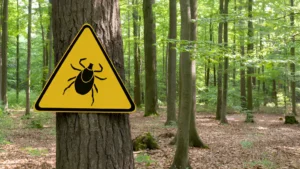


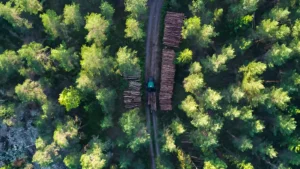
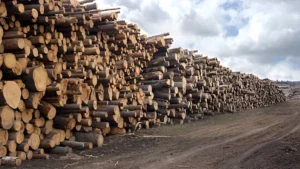

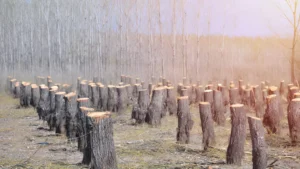



Leave your comment